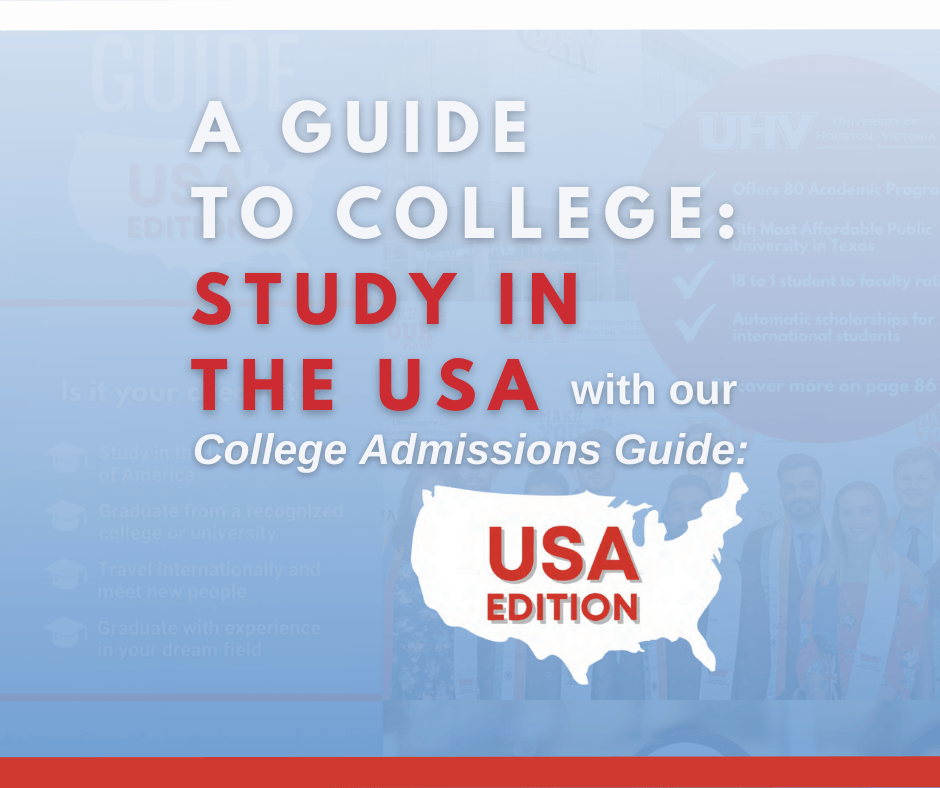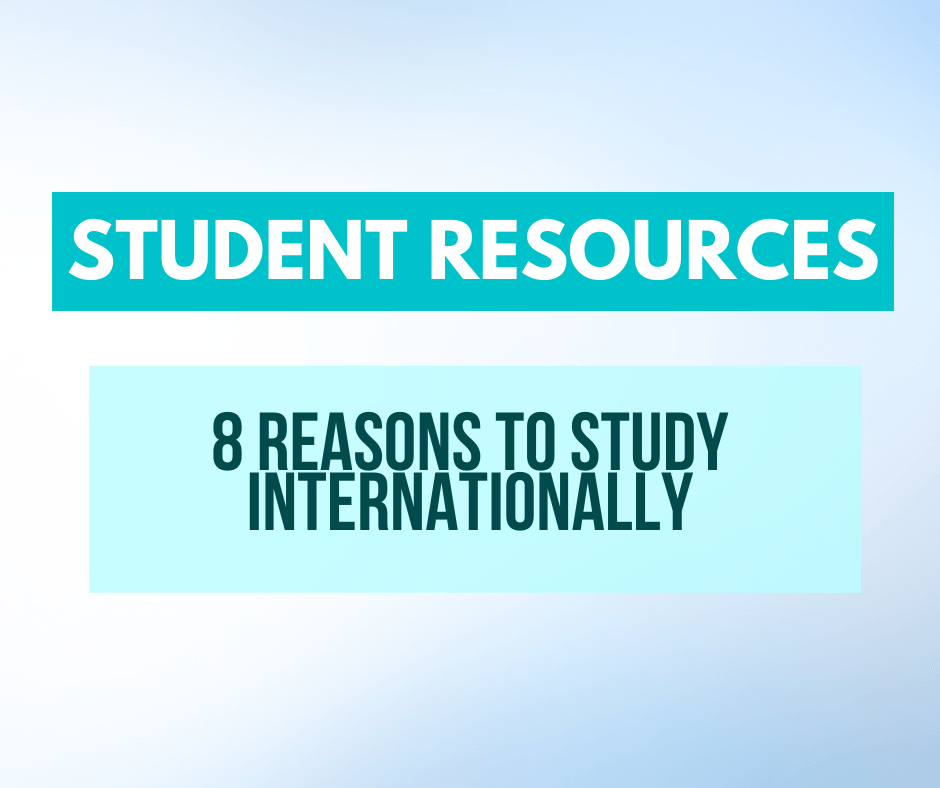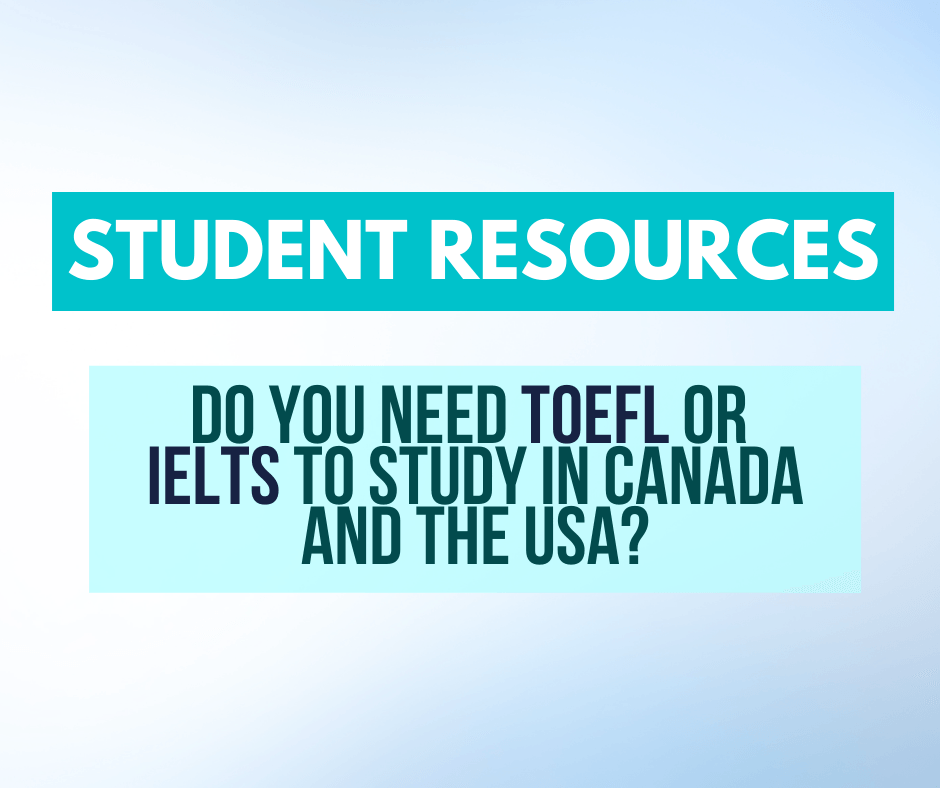Benefits of Recruiting Students from Colombia
Colombia is one of the largest and the most populated nations in the world - They have a growing population of over 48.6 million people. The most populated cities are Bogota, Cali, Medellin, and Barranquilla. Nearly 78% of the Colombian population lives in these metropolitan areas. The Colombian economy is currently on the rise, they are currently the third largest economic country in Latin America. The country is currently classified as upper-middle class and many of the citizens are seeing rapid growth in their careers and are advancing quickly. Labor rates are currently very high throughout the country (many people are employed full time) and these rates are the highest in the more populated metropolitan cities.
An Economic Boom in Colombia
Currently, middle-class Colombians are the highest spenders
on education. Investing a majority of their money in private schooling for their
children. The demand for higher education and more challenging programs is
quickly increasing. This is happening so fast, that some areas are not able to keep up with the
student’s needs. Some of the programs that students are interested in are not
offered in their local areas. While some students decide to stick around or
settle for other programs, other students will travel abroad for their
education.
There is a large number of students who are interested in expanding their education. In 2012, over 1 million Colombian students applied to higher education programs. There were 24,145 Colombian students studying abroad in 2011. The US and Canada have been the most popular destinations with 6,543 students headed to the US in 2013. Students in Colombia are aware of the benefits of studying internationally and many of them consider it.
The Colombian government is experiencing a boom in the economy. Many of the cities in Colombia are going through a revitalization – historical sites are being restored, housing is being added, and public structures are being revamped. With the improved surroundings and better quality of life for citizens, the country is seeing an increase of professional citizens. There is a countrywide interest in improving life for future generations. As a result, there is more funding for education. The government is now offering grants, scholarships, and other types of funding to help students excel. Some grants are even offered for Colombian students who decide to study internationally. This is widely supported by the government because it results in a higher educated population. The new population that has an interest in education, has a wider spectrum of interests. Many Colombian students are interested in a variety of programs like engineering, economics, business development, trades programs, and healthcare.
Students are Looking for More
Many of the students are interested in diverse programs. The school system is very traditional, so it lacks that hands-on learning effect. Students who value tactical training look to studying abroad. Another factor that drives students from Colombia to study internationally is that they are interested in work programs and internships. Students value these volunteer opportunities because they offer real-life work training, offer exposure in the industry, and it helps them be more competitive in the working market. Colombia has four types of post-secondary institutions. The four main types of Colleges and Universities are:
- Programs leading to undergraduate degrees and the sub-doctoral graduate degree in specific areas
- Universities offering a full range of academic programs, including doctorates
- Professional technical institutions offering short-term post-secondary training in numerous vocational fields
- Technological institutions offering high-level training funneling directly to careers or upper-level tertiary education
If a student is interested in a field that is not available in their country, they will look to international education to pursue their dream.
Spanish is the official language in Colombia and is used in all classrooms. Many schools are directing students of the importance of knowing English as a second language. There are English education courses in almost all the schools in Colombia and throughout Latin America. At the moment, English is the most commonly used language in business and commercial relations in Colombia (other than Spanish). Due to the increased foreign presence in the Colombian workforce, there is also a growing demand for bilingual workers. Consequently, the Colombian government is recommending that English is taught at all levels.
Many of the established Colombian colleges and universities are interested in garnering relationships with foreign schools. The post-secondary institutions that are local to the students understand that many of the students’ needs are different than what they offer. Some of these schools are looking to make arrangements with Canadian and American colleges and universities to create a reciprocal exchange education program. Essentially, this type of program would allow students and teachers from both sides to go in either direction. Many of the schools interested in this program are located outside of the large metropolitan areas (like Bogota and Medellin).
How to Connect with Colombian Students
To reach Colombian students, colleges and universities should work directly through the high school guidance counselor. In our previous post, we highlighted some of the key benefits of meeting and working directly with high schools and guidance counselors in Latin America. One of the key benefits is that guidance counselors have unlimited potential for student recruitment and they offer a more organic relationship than a recruitment agent. To read the full post on Why Colleges and Universities Should Connect with Guidance Counselors click HERE .




